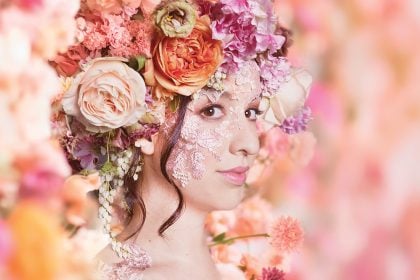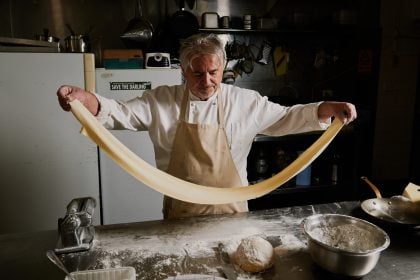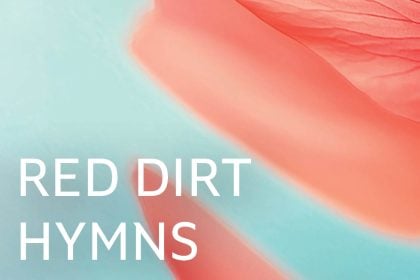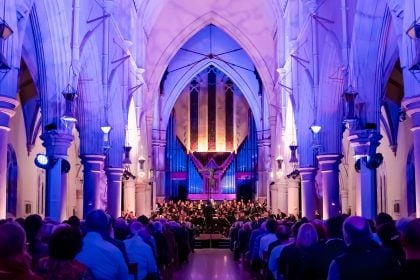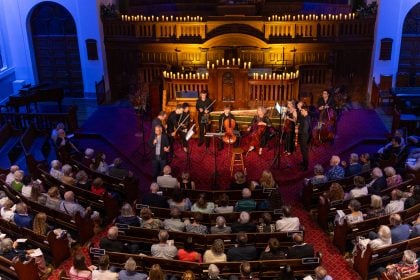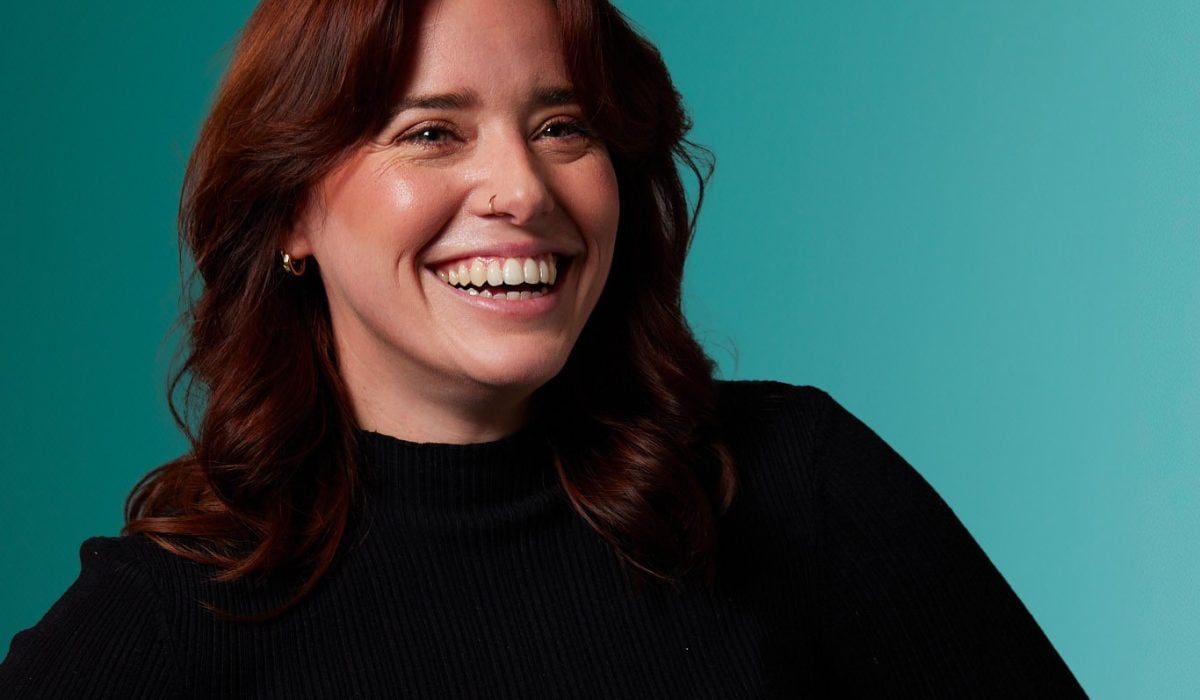
Q&A with La Cenerentola Director: Laura Hansford
Director Laura Hansford talks about what drew her to La Cenerentola, keeping Rossini's piece relevant to a modern audience and favourite score moments...
How did your passion for opera develop?
The first show I ever saw was HMS Pinafore. My Grandparents took me to QPAC in 1995 when I was 6 years old, and I sat on three extra cushions so I could see John English romping around the stage as Dick Dead-Eye. So whilst my love of theatre began early other than some extremely well-worn VHS copies of Pinafore and Pirates my next experience with opera wasn’t until I was in my 20’s.
I was a fledgling Stage Manager and was lucky enough to be asked to come and run props for OQ’s 2012 production of Carmen. I was enamoured by the sheer immensity of opera, and since then it’s always been the bigness of the art form that has kept that love alive. It is all genres in one, it is music and dancing and acting and orchestras and sets and lights and if you unlucky in your Aida’s Triumphal March it’s sometimes camels too.
It’s in foreign languages and complex times signatures; it is a performative marathon but a technical sprint and above all it is filled with wonderful people who love to create.
What drew you to La Cenerentola?
What draws anyone to a fairy tale? Knowledge may be power, but the fiction of a fairy tale casts a wider net. Facts are particular and precise and apply to niche situations; but fiction, holds space for us all. Fiction is an enchanted mirror reflecting the deepest parts of ourselves. It is the whisper of wishes into a genies lamp. It is the glass slipper that fits your foot like your lovers hand fits in yours. Fairy tales ask us to understand how courage, love, and fear shape our paths.
La Cenerentola or Cinderella is a fairy tale that at first glance is about finding a prince and falling in love, however, on most rigorous inspection it is a story that knows that monsters are real, that they feed of fear and insecurities and are defeated by the greatest power: kindness, to others and above all kindness to yourself.
How do you think La Cenerentola remains relevant to a modern audience?
I think that all fairytales endure because their truths are timeless. La Cenerentola speaks to anyone who’s ever felt overlooked or mistreated but held onto hope and kindness. It’s a tale of resilience and finding inner strength amid hardship. Modern audiences can certainly connect with the struggle to rise above it, whether that ‘it’ is a overbearing and cruel family or just a rotten day.
What will set your production of La Cenerentola apart?
I will always lean into the humour and humanity that keep this story timeless. We intend to bring a sense of whimsy to the story, to emphasise how humour can disarm adversity. Visually, we’re playing with an enchanted garden aesthetic that will appeal to all ages, keeping the magic and fantasy while grounding the characters in genuine, relatable emotions.
Do you have a favourite moment from the score?
I adore Dandini’s arrival in his disguise as the Prince in Act 1. It’s full of charm and bravado, and the music captures his grandiosity while poking fun at the whole pretence of the promenade. This scene is such a joyful moment, it highlights Rossini’s ability to balance wit and vocal acrobatics, and it is impossible not to smile at.
Three words to describe the show?
Warm and Fuzzy.
What’s your perfect Sunday?
My perfect Sunday is unhurried. It’s coffee made for me, failing miserably at the Weekend Quiz followed by a day in the sun worshiping the ground my dog walks on.

